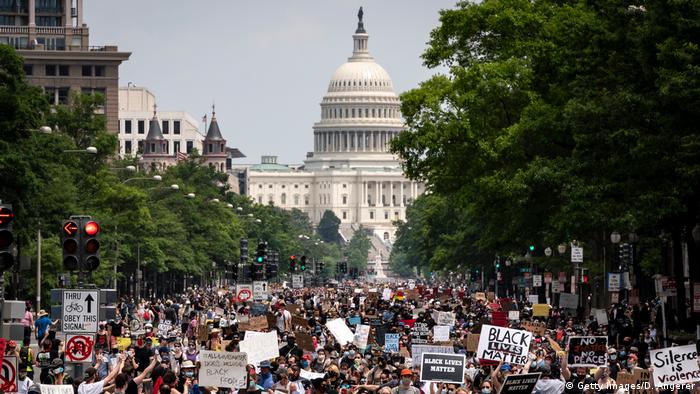Bacterial predator could help reduce COVID-19 deaths
A type of virus that preys on bacteria could be harnessed to combat bacterial infections in patients whose immune systems have been weakened by the SARS-CoV-2 virus that causes the COVID-19 disease, according to an expert at the University of Birmingham and the Cancer Registry of Norway.
Called bacteriophages, these viruses are harmless to humans and can be used to target and eliminate specific bacteria. They are of interest to scientists as a potential alternative to antibiotic treatments.
In a new systematic review, published in the journal Phage: Therapy, Applications and Research, two strategies are proposed, where bacteriophages could be used to treat bacterial infections in some patients with COVID-19.
In the first approach, bacteriophages would be used to target secondary bacterial infections in patients' respiratory systems. These secondary infections are a possible cause of the high mortality rate, particularly among elderly patients. The aim is to use the bacteriophages to reduce the number of bacteria and limit their spread, giving the patients' immune systems more time to produce antibodies against SARS-CoV-2.
Dr Marcin Wojewodzic, a Marie Sk?odowska-Curie Research Fellow in the School of Biosciences at the University of Birmingham and now researcher at the Cancer Registry of Norway, is the author of the study. He says: "By introducing bacteriophages, it may be possible to buy precious time for the patients' immune systems and it also offers a different, or complementary strategy to the standard antibiotic therapies."
Professor Martha R.J. Clokie, a Professor of Microbiology at the University of Leicester and Editor-in-Chief of PHAGE journal explains why this work is important: "In the same way that we are used to the concept of 'friendly bacteria' we can harness 'friendly viruses' or 'phages' to help us target and kill secondary bacterial infections caused by a weakened immune system following viral attack from viruses such as COVID-19".
Dr Antal Martinecz, an expert in computational pharmacology at the Arctic University of Norway who advised on the manuscript says: "This is not only a different strategy to the standard antibiotic therapies but, more importantly, it is exciting news relating to the problem of bacterial resistance itself."
In the second treatment strategy, the researcher suggests that synthetically altered bacteriophages could be used to manufacture antibodies against the SARS-CoV-2 virus which could then be administered to patients via a nasal or oral spray. These bacteriophage-generated antibodies could be produced rapidly and inexpensively using existing technology.
"If this strategy works, it will hopefully buy time to enable a patient to produce their own specific antibodies against the SARS-CoV-2 virus and thus reduce the damage caused by an excessive immunological reaction," says Dr Wojewodzic.
Professor Martha R.J. Clokie's research focuses on the identification and development of bacteriophages that kill pathogens in an effort to develop new antimicrobials: "We could also exploit our knowledge of phages to engineer them to generate novel and inexpensive antibodies to target COVID-19. This clearly written article covers both aspects of phage biology and outlines how we might use these friendly viruses for good purpose."
Dr Wojewodzic is calling for clinical trials to test these two approaches.
"This pandemic has shown us the power viruses have to cause harm. However, by using beneficial viruses as an indirect weapon against the SARS-CoV-2 virus and other pathogens, we can harness that power for a positive purpose and use it to save lives. The beauty of nature is that while it can kill us, it can also come to our rescue." adds Dr Wojewodzic.
"It's clear that no single intervention will eliminate COVID-19. In order to make progress we need to approach the problem from as many different angles and disciplines as possible." concludes Dr Wojewodzic.
###
Notes to editor:
* The University of Birmingham is ranked amongst the world's top 100 institutions. Its work brings people from across the world to Birmingham, including researchers, teachers and more than 6,500 international students from over 150 countries.
* Wojewodzic (2020). '' Bacteriophages could be a potential game changer in the trajectory of coronavirus disease (COVID-19). PHAGE: Therapy, Applications, and Research. https:/






